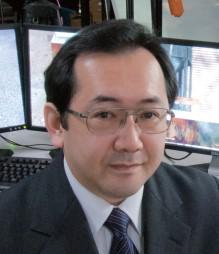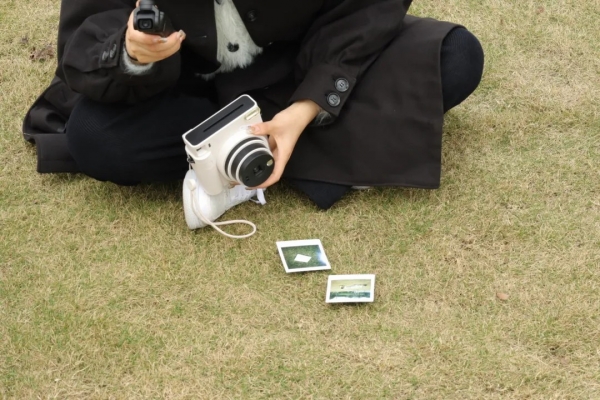即可将网页分享至朋友圈
为加强我校各学科之间的学术交流,搭建教师学术交流平台,促进教师学术水平提升和跨学科合作,教师发展中心开展跨学科学术沙龙活动。
本次活动教师发展中心特别邀请来自日本国立埼玉大学的綿貫啓一教授,与我校师生分享他在人因工程学、机械电子学、感情认知领域的研究心得。具体安排如下,欢迎感兴趣的师生参加:
一、时 间:2017年1月6日(周五)上午10:30
二、地 点:清水河校区经管楼宾诺咖啡
三、主 题:No ninvasive Technique for Measuring Brain Activity and Its Application to Human-Machine Interfaces Design and Healthcare Device Development
四、主讲人:綿貫啓一(日本国立埼玉大学教授)
五、主持人:机器人研究中心/自动化学院 程洪教授
六、主办单位:人力资源部教师发展中心
七、承办单位:机器人研究中心/自动化学院
八、交流内容:
In recent years, the spread of noninvasive brain function measurement devices, has enabled the measurement of brain activity while thinking or moving. As a result, it is now possible to objectively evaluate emotion using brain function measurement devices, which had previously been dependent on subjective evaluations.With regard to the field of future vehicles technologies, we have focused on the HMIs used in the next generation of vehicles in pursuit of a safe, secure, and comfortable space. Furthermore, BMIs and air-conditioning systems for thermal comfort are among our recent interests. For the healthcare, welfare, and medical fields, we have focused on a user-friendly intelligent wheelchair and an instinctively controllable teleoperation manipulator. Evaluating emotion and cognition information using a noninvasive brain-function measurement system is also one of our ongoing research interests. We are contributing to quality-of-life (QOL) improvements through these human-machine-environment interaction studies.This presentation demonstrates a noninvasive technique for measuring brain activity and its application to HMIs design and healthcare device development for improving QOL.
九、主讲人简介:

Dr. Keiichi Watanuki received his PhD in Department of Precision Machinery Engineering from Tokyo Institute of Technology, Japan, in 1991. From 1991, he was on the faculty of Mechanical Engineering at Saitama University, and from 2005, he has been a Professor of Mechanical Engineering at Saitama University. He also serves as Director, Area of Human-Machine Interaction Systems Engineering; Deputy Director-General, Research Management Bureau; Director, Advanced Institute of Innovative Technology; Director, Institute of Ambient Mobility Interfaces; and Professor, Brain Science Institute at Saitama University.
人力资源部教师发展中心
2017年1月5日
编辑:罗莎 / 审核:林坤 / 发布:林坤


